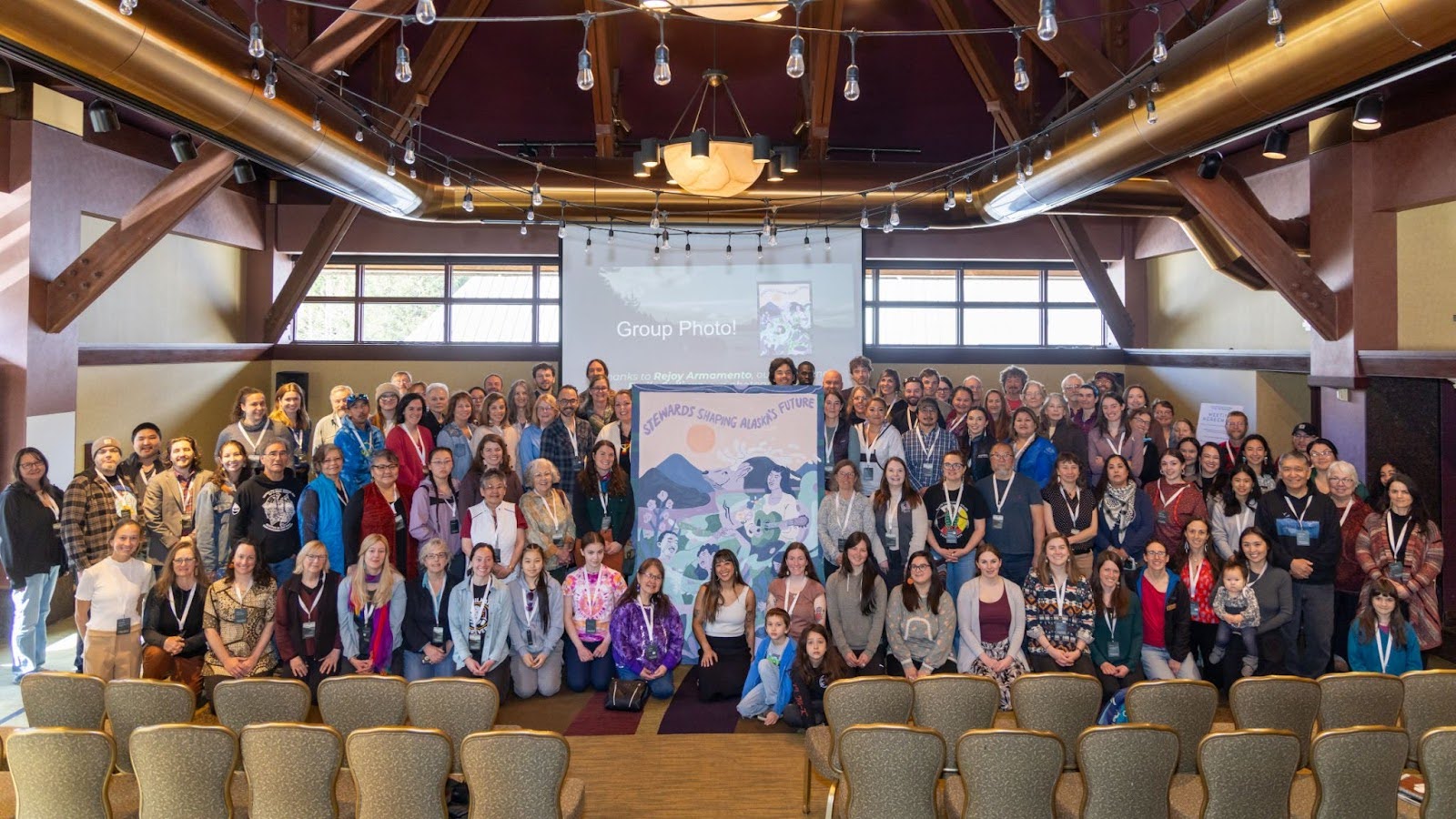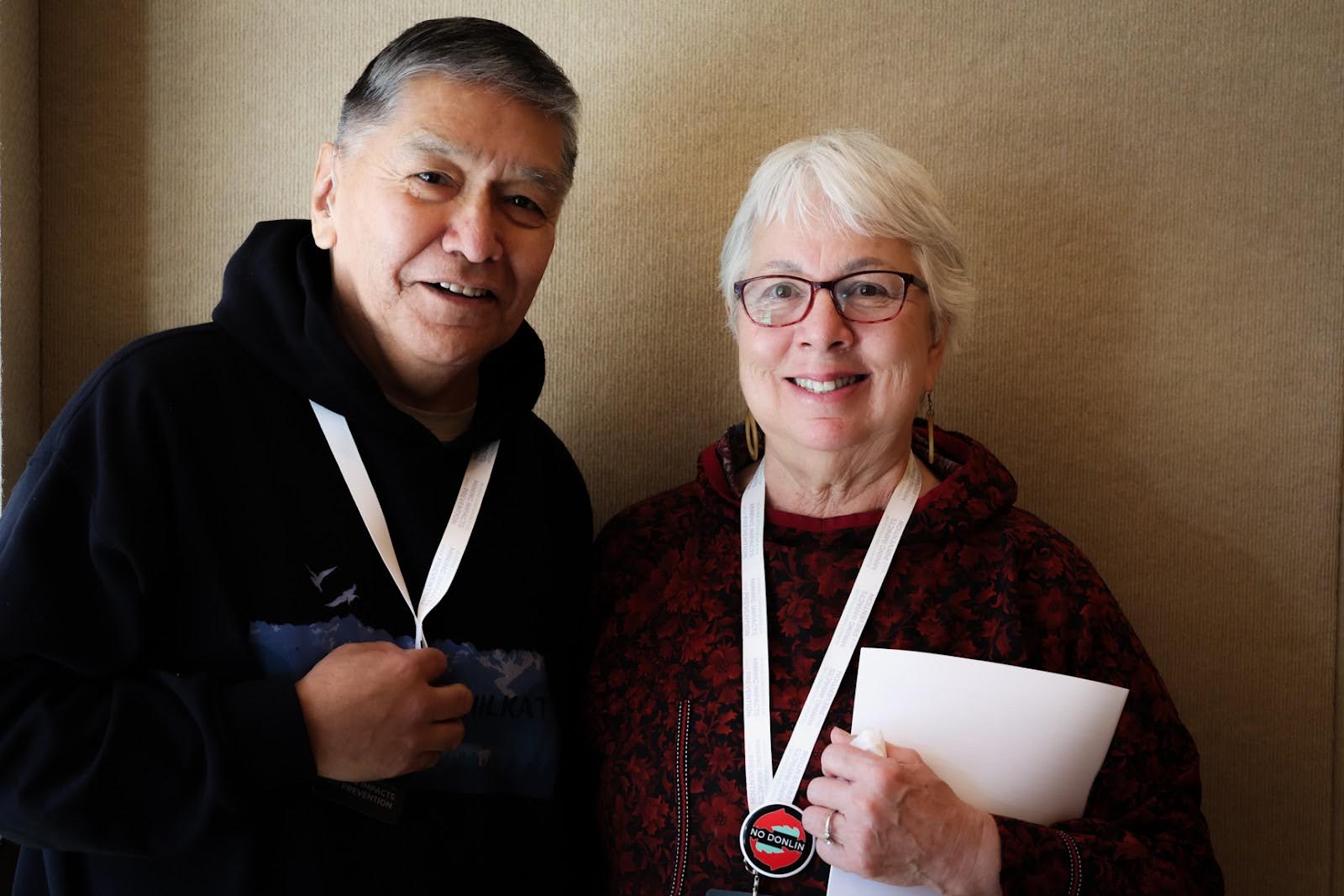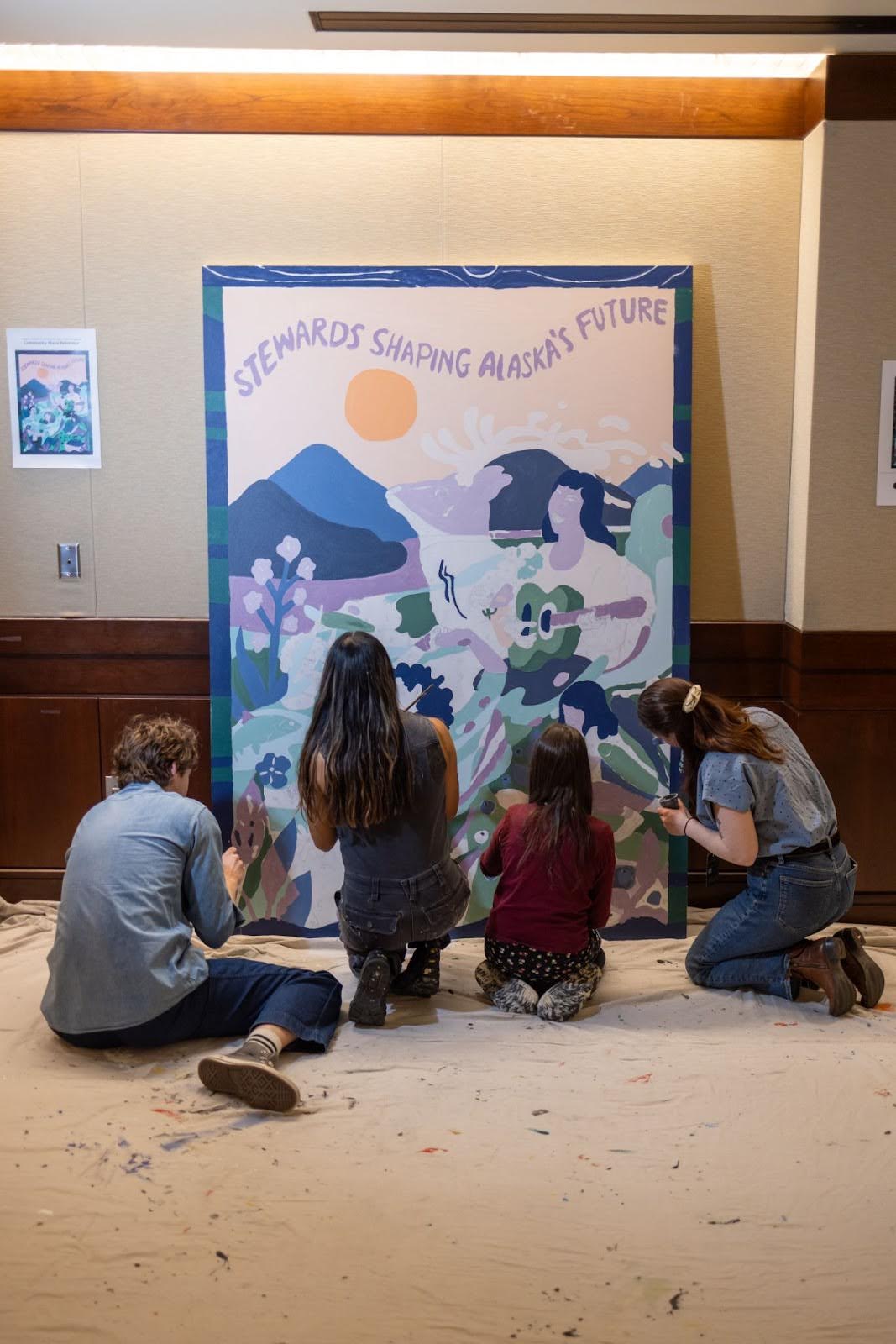
Photo credit: Emily Sullivan
Nearly 200 people gathered in Girdwood to share and learn new knowledge and skills, build new relationships, strengthen existing networks, and explore how the topic of consent applies to proposed hardrock mining projects in Alaska.
From May 6-8, 2025, Alaska Conservation Foundation brought together Indigenous leaders, community advocates, and environmental experts from across Alaska and beyond on behalf of the Alaska Mining Impacts Network. Alaska Conservation Foundation was proud to support this critical gathering, which addressed one of Alaska’s fastest-growing threats to our lands, waters, wildlife, and ways of life.

Building Knowledge, Building Power
The conference plenaries and sessions focused on practical knowledge and tools to help communities navigate complex hardrock mining proposals, rather than abstract policy discussions.
Nada Wolf Culver and Natalie Landreth, co-founders of Nashoba Consulting LLC and former Biden Administration officials, welcomed attendees by providing critical insights on how Tribes, of which Alaska has 227, can leverage federal regulations, tools, and processes to their advantage in ensuring local input.
The conference offered six breakout periods with four concurrent sessions each, covering both broad and detailed aspects of hardrock mining. One session featured the Environmental Investigation Agency’s Bad Prospects report, which laid out how mining companies structure deals to limit corporate liability, leaving communities to bear the burden. Session participants learned about the Alaska hard rock mining permitting process, including where opportunities exist for public engagement. Some conference attendees joined a session focused on Federal lobbying, which provided strategies for effective advocacy.
Several sessions addressed specialized topics: the impacts of Direct Shipping of Ore (DSO) via road and ocean transport, strategies for reshaping public perceptions about gold extraction, and an analysis of how Alaska’s state financing through the Alaska Industrial Development and Export Authority (AIDEA) benefits the hardrock mining industry.
Beyond Consultation: The Power of Consent
Keynote speaker Kate R. Finn, founder of the Tallgrass Institute, delivered a clear message on the second day of the conference: Free, Prior, and Informed Consent (FPIC) is not a bureaucratic checkbox—it is a fundamental human right. “FPIC is not a buffet,” Finn told attendees. “You don’t get to pick one. It’s all of it together.” That means providing full and culturally appropriate information, engaging Indigenous communities before any planning begins, and—most importantly—honoring their right to say no.
 Finn emphasized that in regions like Alaska, where Indigenous peoples have stewarded the land since time immemorial, this principle is especially critical. She also highlighted a promising global trend: the rise of Indigenous-led FPIC protocols. Around the world, communities are developing their own guidelines to instruct industry on how meaningful engagement must occur. “When companies arrive,” Finn said, “communities can say, ‘This is how we do FPIC here, and this is how we expect it to be respected.’”
Finn emphasized that in regions like Alaska, where Indigenous peoples have stewarded the land since time immemorial, this principle is especially critical. She also highlighted a promising global trend: the rise of Indigenous-led FPIC protocols. Around the world, communities are developing their own guidelines to instruct industry on how meaningful engagement must occur. “When companies arrive,” Finn said, “communities can say, ‘This is how we do FPIC here, and this is how we expect it to be respected.’”
A compelling local example came from Esther Reese, President of the Southeast Alaska Indigenous Transboundary Commission (SEITC), a consortium of 14 Tribes working to protect the Stikine, Taku, and Unuk Rivers from the threats posed by expanding mining projects in British Columbia’s upstream headwaters. Speaking alongside Finn, Reese shared how SEITC has taken proactive steps to assert Indigenous rights and demand consent as a non-negotiable part of British Columbia’s mine approval processes.
Together, Finn and Reese’s messages underscored a powerful shift: Indigenous communities are not waiting to be invited into conversations—they are setting the terms.
Centering Indigenous Knowledge
The conference placed Indigenous knowledge and leadership at its core, recognizing that Indigenous peoples are disproportionately impacted by hardrock mining and have long been stewards of Alaska’s lands and waters. Participants represented 53 Alaskan communities, and 43% of attendees self-identified as Indigenous. This was no coincidence: all three plenary sessions and 17 of the 24 breakout sessions featured Indigenous speakers—a deliberate effort to elevate voices from frontline, impacted communities.
Throughout the event, participants heard directly from community leaders working to protect vital ecosystems and traditional ways of life. Sessions highlighted efforts to safeguard the Kuskokwim River from the proposed Donlin Gold Mine, examined community benefit agreements, and explored how Indigenous Guardians, Rangers, and Sentinels programs are advancing regenerative, land-based economies rooted in stewardship and intergenerational responsibility. 
The closing plenary focused on Indigenous knowledge keeping—how traditional wisdom informs the protection of land and waters across generations. The panel included elders and youth. Chilkat Indian Village President and Alaska Mining Impacts Network Council Member Jones Hotch Jr., discussed the work his Tribe is doing to protect their village and way of life from the proposed Palmer project. Jazmyn Vent from Huslia, Alaska, spoke about her experience working to stop the proposed Ambler Road. Emily Murray, an elder from Elim, Alaska, discussed the energy and inspiration youth give her in addressing the proposed Panther Minerals uranium mine. Addy Ahmasuk, in relation to the proposed Graphite Mine, spoke about the importance of looking within to find healing before tackling issues outside.
A Vision for Alaska’s Future
The conference itself marked a milestone in the growth and effectiveness of the Alaska Mining Impacts Network (AKMIN). Building on Alaska Conservation Foundation’s successful 2022 mining conference, which helped launch AKMIN, this year’s gathering showed how sustained investment in relationship-building and knowledge-sharing creates lasting change. Unlike approaches that prioritize industry dialogue for its own sake, AKMIN centers the real needs of communities: rigorous policy and environmental analysis, practical tools for advocacy and resistance, and solidarity with others facing similar threats to their lands and waters.
Learn more about AKMIN here. Alaska Conservation Foundation is proud to support and coordinate the Alaska Mining Impacts Network as it builds community power and protects Alaska’s lands and waters for future generations.

Key Partners and Support
This gathering was made possible through the leadership and collaboration of the Alaska Mining Impacts Network (AKMIN) and its many dedicated partners. Special recognition goes to the AKMIN Council and the Conference Planning Team, whose vision, coordination, and deep commitment were instrumental in creating a space that honored Indigenous rights, fostered meaningful learning, and amplified the collective voice of communities working to protect Alaska’s lands and waters.
We also extend our heartfelt gratitude to the funders whose generosity helped bring this convening to life. Thanks to their support, 60% of participants received some form of financial assistance, enabling broad and equitable participation. Special thanks to:
- True North Foundation
- Trust for Mutual Understanding
- The Harder Foundation
- The Edgerton Foundation
Their investment reflects a shared belief in a future where decisions about mining and development are grounded in consent and long-term stewardship.
Photo credit: Emily Sullivan


